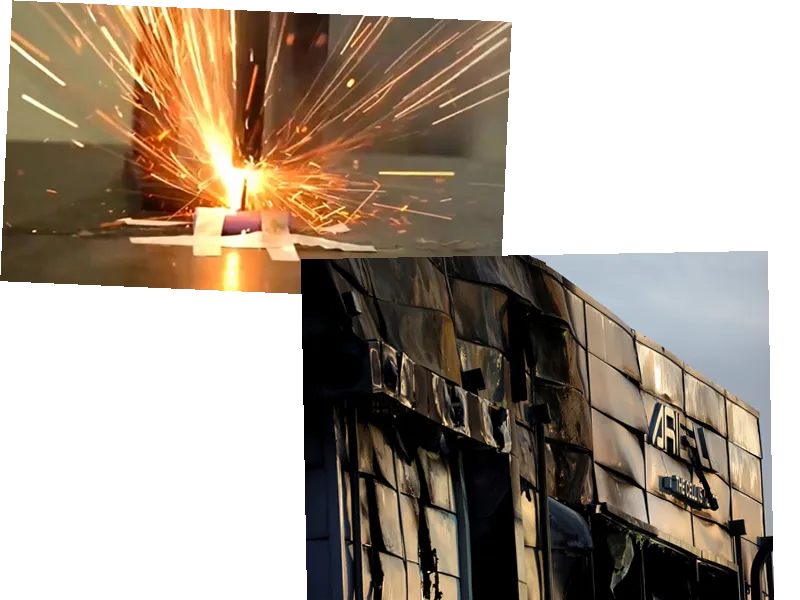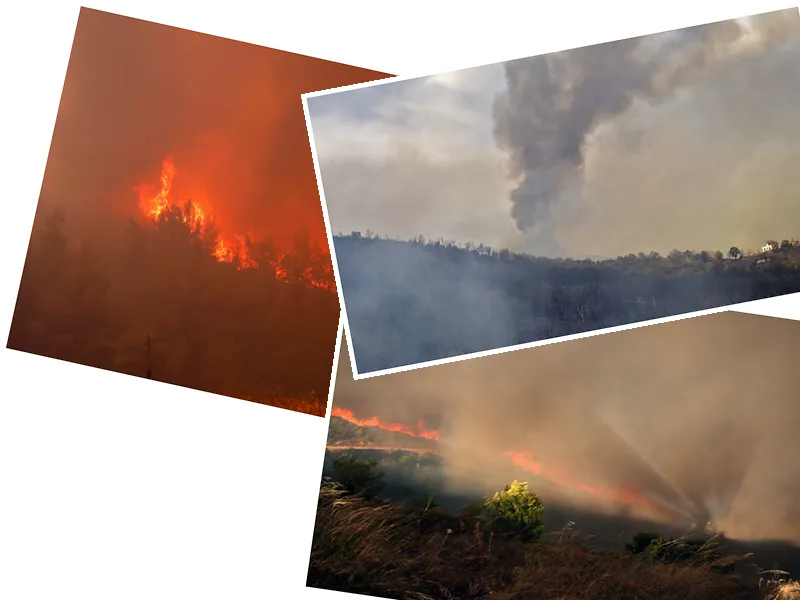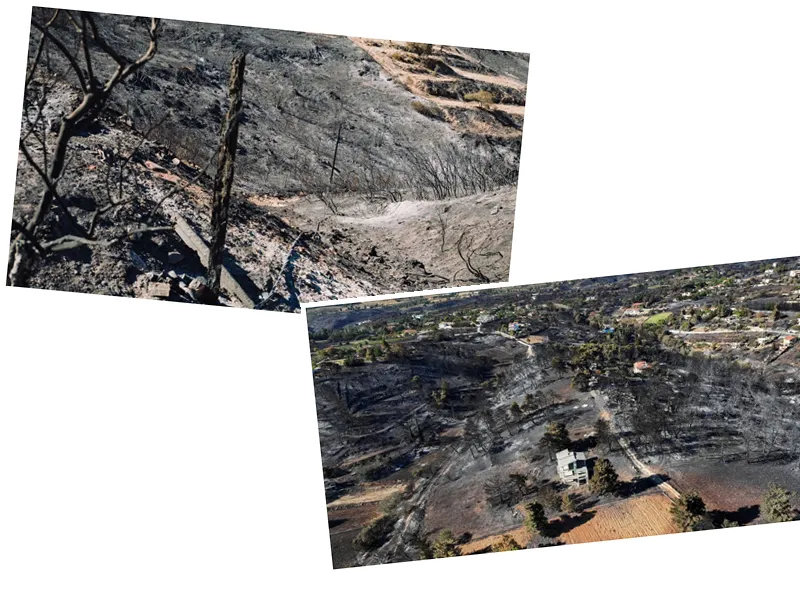The Growing Danger of Lithium Battery Fires
Lithium is a chemical we frequently encounter in our daily lives, primarily through batteries in mobile phones, laptops, and electric vehicles. However, the dangers associated with lithium battery fires are becoming increasingly apparent. When a lithium-ion battery is shocked, it can burst into flames, leading to a thermal runaway phenomenon where temperatures can soar over 1,000 degrees Celsius. Traditional fire extinguishers are ineffective against these fires, and there are no official certification standards for lithium battery-specific fire extinguishers.
In a recent incident, a massive fire broke out at a lithium battery manufacturing factory in Hwaseong, South Korea, resulting in the tragic deaths of 22 migrant workers, mostly Chinese nationals. The fire was triggered by exploding lithium batteries while workers were examining and packaging them. The rapid spread of the fire made it difficult for the workers to escape, leading to the high casualty rate.
Challenges in Extinguishing Lithium Battery Fires
Firefighting experts have pointed out that blocking oxygen by covering the fire with sand or expanded vermiculite can be effective, but it is challenging to implement during continuous explosions. There are also conflicting opinions on using water; some argue it is dangerous as it generates hydrogen gas, while others believe it is the best option when no alternatives are available. In the Hwaseong factory fire, the fire department opted to use water, believing that most of the lithium had already been consumed by the initial explosion.
The incident has highlighted the urgent need for effective fire extinguishing agents specifically designed for chemical substances like lithium batteries. Minister of Public Administration and Security, Lee Sang-min, announced plans to develop such agents. This comes as lithium battery fire extinguishers available online remain uncertified and their effectiveness unknown. The tragedy in Hwaseong underscores the critical need for improved fire safety measures and regulations in factories handling hazardous materials.
- The fire in Hwaseong is a stark reminder of the potential dangers posed by lithium batteries, especially in industrial settings. With 102 people working in the factory at the time of the fire, the incident could have resulted in even more casualties. The lack of effective fire extinguishing systems and the rapid spread of the fire contributed to the high death toll.
- Prime Minister Han Duck-soo and Interior and Security Minister Lee Sang-min visited the site to oversee the response and ensure that the victims' families receive the necessary support. The South Korean government has pledged to provide assistance for funeral services and support programs for the relatives of the victims.
- The tragedy has also brought attention to the working conditions of migrant workers in South Korea. Many foreign nationals, including ethnic Koreans from China, seek employment in the country, often ending up in physically demanding and low-paying jobs. The Hwaseong fire has highlighted the need for better safety measures and working conditions to protect these vulnerable workers.






